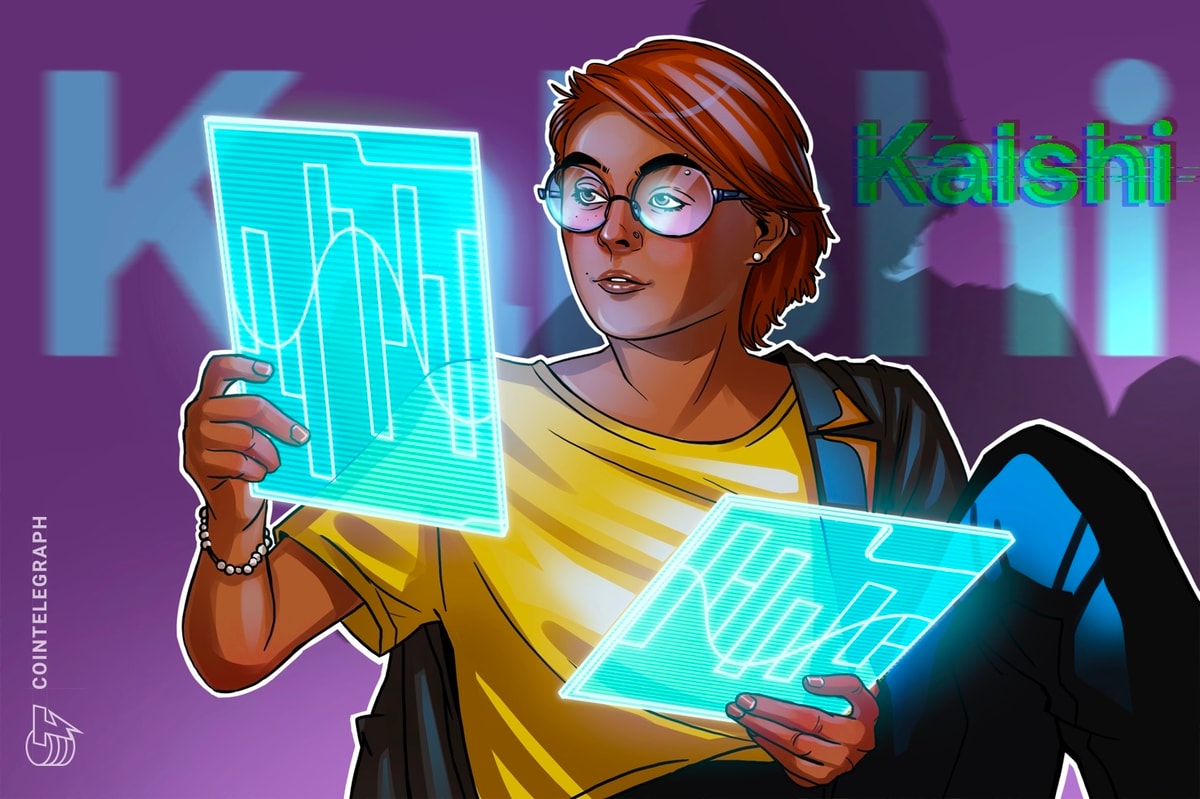Oracle provider RedStone has integrated event-driven market data from U.S. Commodity Futures Trading Commission (CFTC)-regulated financial exchange and prediction market Kalshi into over 110 blockchains, expanding access to real-world prediction data for decentralized applications (DApps).
RedStone announced its partnership with Kalshi on Thursday, providing its prediction market data to greater than 110 networks including Ethereum, Solana, Base, The Open Network and Sui. The integration will allow DApps to access Kalshi's data sets, which cover events resembling elections, rate of interest decisions, and cultural moments resembling musician Taylor Swift's live television performances.
The CFTC regulates Kalshi as a Designated Contract Market (DCM), meaning that markets listed on Kalshi must receive CFTC approval before trading. On October 10, Kalshi raised $300 million to expand its prediction markets to over 140 countries.
“The regulated nature of Kalshi’s events means we’re unlocking categories of knowledge that were previously unavailable on-chain, opening up entirely latest opportunities for DeFi development,” Marcin Kazmierczak, co-founder of RedStone, told Cointelegraph.
The rollout begins with three initial categories: the New York City mayoral election, the Democratic Party's run for U.S. President in 2028, and the variety of rate cuts in 2025. Additional markets are expected to follow, but will depend upon developer demand.
RedStone co-founder shares expected use cases
Kazmierczak told Cointelegraph that the primary phase of the mixing will likely leverage existing decentralized finance (DeFi) primitives.
“We can expect to see familiar primitives resembling derivatives, perpetual DEXs, and eventually credit markets leveraged to leverage tokenized Kalshi market positions with RedStone’s on-chain data to make sure accurate liquidation mechanisms and collateral pricing,” he told Cointelegraph.
Still, he said essentially the most significant innovation could come later, as developers experiment with latest concepts.
Kazmierczak told Cointelegraph that over time the space could witness latest ideas and design patterns, resembling: B. insurance-like protocols and the mixing of social finance into the mass market.
He told Cointelegraph that insurance might be some of the promising uses for regulated forecast data.
In May, real-world asset (RWA) tokenization firm Securitize chosen RedStone as the first oracle provider for its tokenized contracts, which include asset manager BlackRock's USD Institutional Digital Liquidity Fund (BUIDL) and Apollo Diversified Credit Securitize Fund (ACRED).
Prediction markets have gotten mainstream
The latest integration comes at a time when prediction markets are gaining rapid mainstream adoption. Some imagine that their simplicity could make them the primary DeFi tool to realize mass adoption.
On Friday, Azuro researcher Mike Rychko argued that prediction markets are moving into the true world beyond cryptocurrencies. He said the accessibility of such platforms will likely lead to them being the primary DeFi product to realize mass adoption.
He said that while most individuals wouldn’t open derivatives exchanges, they’d likely be lured by the clear and digestible signals that prediction markets provide.
“This simplicity is strictly why prediction markets will find mass adoption faster than most DeFi experiments ever have,” Rychko said.

